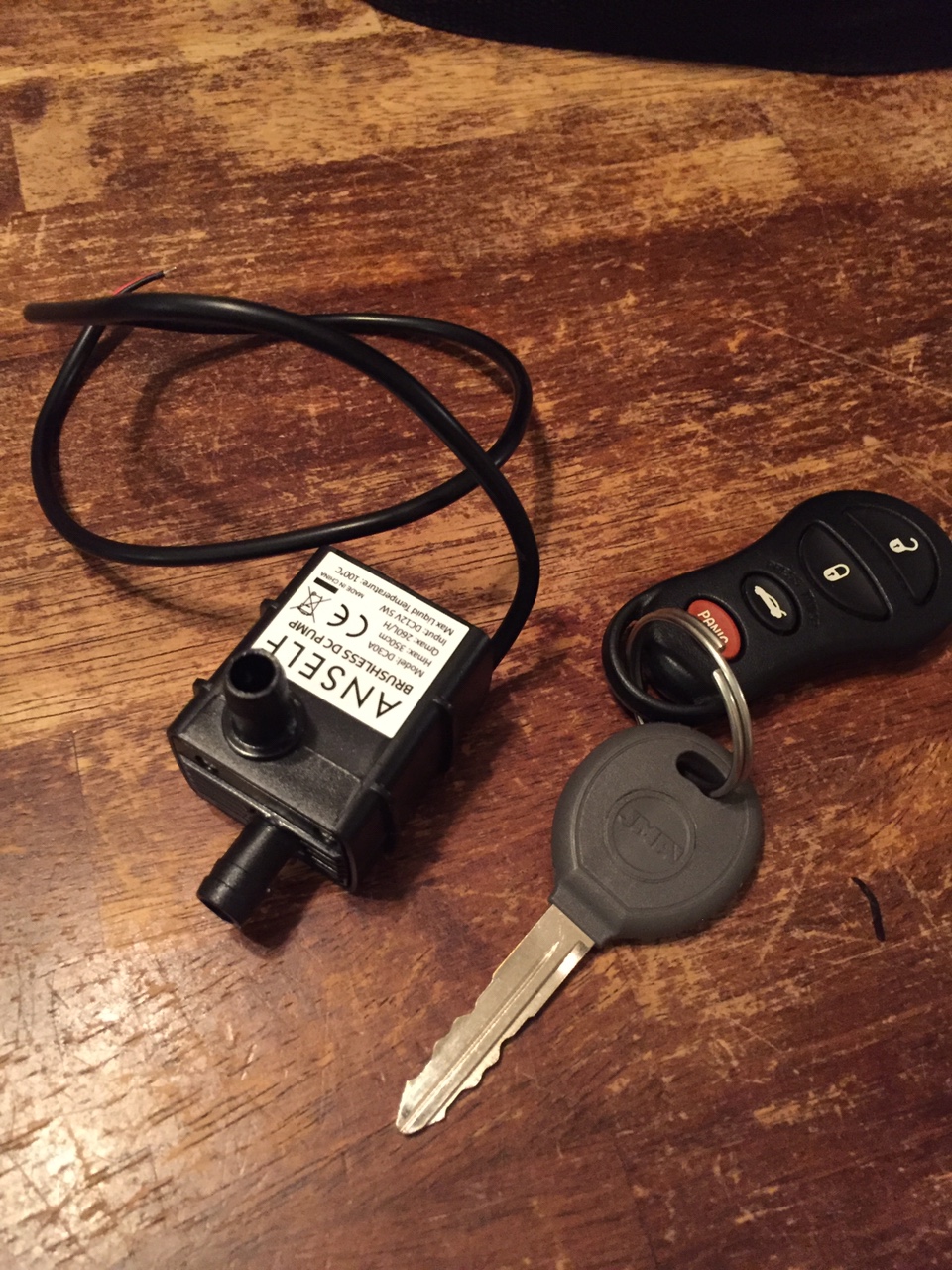I've always wondered about this. For me, I can't judge my abilities as a brewer unless I can show that my process allows repeatability. Process is everything in brewing--without good process, the greatest recipe in the world will be crap. (And FWIW, process can't save a bad recipe, but most of the recipes we see today are decent ones).
Suppose you brew a tremendous beer (I've done that, btw, several times, and not just my view, the view of others who can tell). People want to buy my beer, a local bar owner wants to sell it. Why on earth would you not want to brew it again?
I can't figure out any reason except that the brewer is afraid to test his/her brewing skills, and by changing something, anything, it relieves them of the potential psychological damage of knowing they can't do it. And thus, they're not a very good brewer. Always brewing something new strikes me as being afraid to try it again--and not being able to achieve it.
If always having something new is the goal of brewing, why not just buy something new, and be done with it?
My 2 cents, YMMV, offer void where prohibited, and take it for what it's worth.





















































![Craft A Brew - Safale BE-256 Yeast - Fermentis - Belgian Ale Dry Yeast - For Belgian & Strong Ales - Ingredients for Home Brewing - Beer Making Supplies - [3 Pack]](https://m.media-amazon.com/images/I/51bcKEwQmWL._SL500_.jpg)







